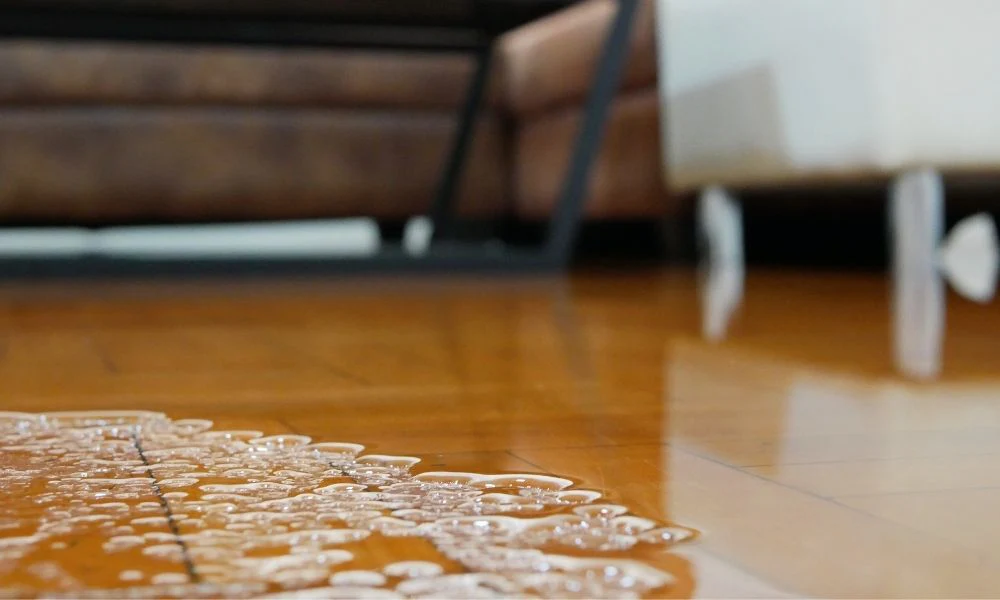If once they were considered low-quality and second-hand materials, today Ceramics (in the plural, because they are different materials for composition and production) have conquered an important slice of the building market, thanks to their wide possibilities of use. Good Technical characteristic in ceramic tiles which looks so aesthetic.
ceramic tile charlotte nc are today one of the most used materials for covering walls and floors. But what is ceramic? What are its characteristics? How many types are there?
What is Ceramics?
Ceramic is obtained by mixing different ingredients such as clay, kaolin, fedelspati, quartz, additives, and water, each time used in different proportions. If you are interested in good decor in floors then you use Céramique au Sommet. This mixture is then dried and finally baked in the oven at temperatures that vary depending on the type of material to be obtained but are always very high (over 900 °).
In particular, the White Clay, coming from Northern Europe, which is the most valuable quality, stands out from the Red Clay, originating from Italy and Spain, less valuable.
How many types of ceramics are there?
The types of existing ceramics vary according to the composition materials and the production techniques used.
- For now, it is important to know that the tile can be made up of a single layer or two layers, depending on whether or not a surface layer of glaze is added in addition to the main body (called support or “biscuit”), responsible for the aesthetic result of the product. In this second case, the tile will be defined, in fact, “glazed. “
- The glaze is nothing more than a thin glassy layer, which gives the tiles the aesthetic peculiarities that distinguish them from each other and instead unites them in terms of hardness and high impermeability.
- The support can vary according to the type of raw materials it is made of: it can be white, red (depending on the clay used), or colored. Furthermore, it can be more or less porous or compact, and according to this, consequently, its degree of impermeability will vary, and it will be more or less resistant to shocks.
- The unglazed tiles are then formed solely by the support, but they can undergo surface treatments, such as lapping or sanding, to assume different aesthetic characteristics.
Conclusion
The main ingredient is clay, which, depending on the type used, characterizes the color and quality of the tiles. Ceramic tiles have different types of clay, which differ in the different amount of sand contained within it, which determines the porosity and color of the finished product.




